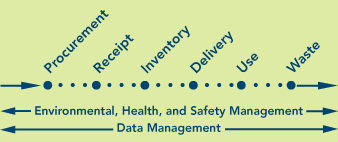Industrial Degreasers are Available as Ecofriendly Cleaning Solutions
There is a lack of public knowledge regarding industrial degreasers, as well as a general misconception regarding availability types for those who do know a little bit of information regarding these solvents. The first issue – the lack of public knowledge – has to do with people who use these degreasers or are around them frequently not realizing how dangerous the chemicals are to people and to the environment. Industrial degreasers, because their contents are so strong and concentrated, emit hazardous chemicals that are dangerous to anyone who inhales them, as well as to the environment, as it can create smog. People need to start understanding the negative ramifications to using hazardous solvent components and begin using green alternatives and ecofriendly cleaning solutions – which brings this article to its second point.
Because industrial degreasers need to be heavy duty and fully concentrated in order to clean and dissolve oil, grease, dirt, and other particles that can harm materials, people assume that the hazardous ingredients are just a a condition to using a product that works. At some point that might have been true, but no longer. There are, available now, ecofriendly cleaning solutions that are every bit as strong, even stronger, than the best traditional industrial degreaser on the market. Therefore, you receive the same type of outcome – cleaned materials – along with a safer product for you, others around you, and for the environment. In addition, ecofriendly cleaning solutions are lower in price compared to regular solvents.
It is the hope that this article has educated you on the negative effects of older industrial degreasers, as well as the positives to switching to ecofriendly cleaning solutions. Coupled with the fact that you will save money going with a green alternative solvent, you put people around you in less danger and no harmful exposure, and you are no longer emitting hazardous gases into the air that harm the ozone layer and the environment. Act today and begin using more efficient degreasing solvents, at less price when compared to traditional cleaners, and to take a green initiative.







